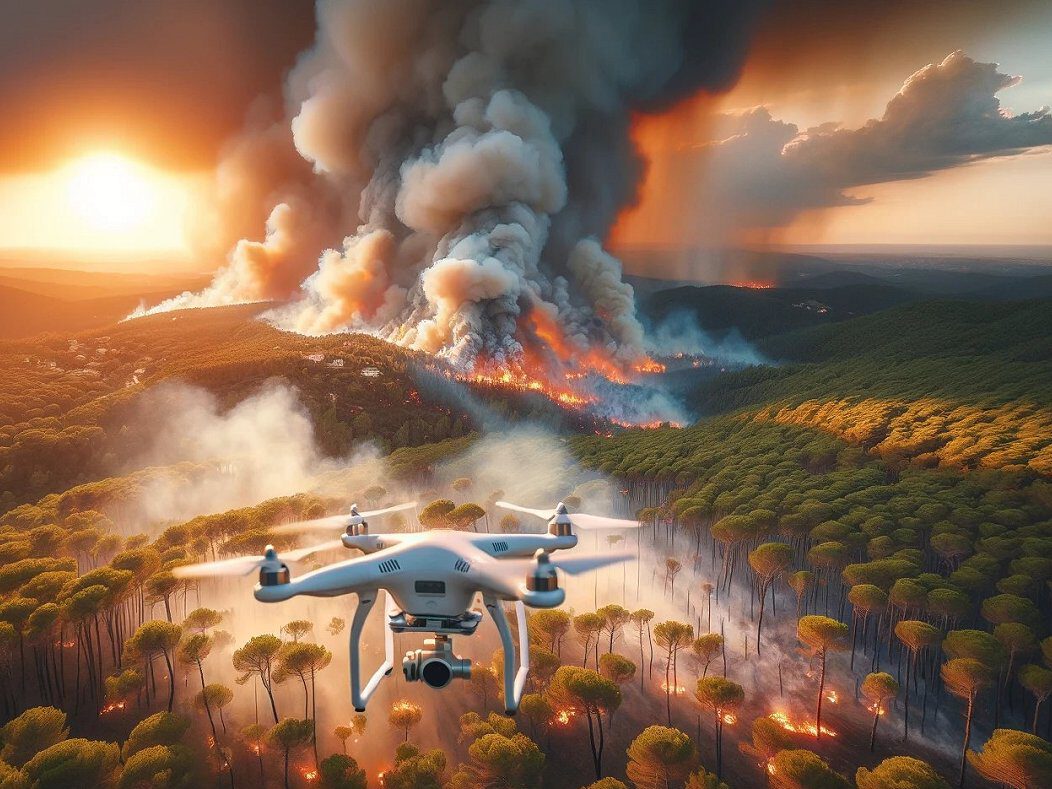
WMO confirms 2023 broke global temperature record ‘by a huge margin’

By the Climate Centre
Last year, as expected, was the warmest on record, and “by a huge margin”, the World Meteorological Organization said today, with the 2023 average approaching the key Paris threshold of 1.5°C above pre-industrial levels.
The WMO has consolidated six international datasets to arrive at a global temperature of 1.45°C above the 1850–1900 baseline, plus or minus 0.12°C; the temperature in every month between June and December also set new monthly records.
Earlier this week, the Copernicus Climate Change Service announced essentially the same result, saying 2023 was the warmest year on record and had overtaken 2016 – the previous record year – “by a large margin”.
The new WMO Secretary-General Celeste Saulo, who took office on 1 January, said today that the “shift from a cooling La Niña to warming El Niño by the middle of 2023 is clearly reflected in the rise in temperature from last year.
“Given that El Niño usually has the biggest impact on global temperatures after it peaks, 2024 could be even hotter.“
She continued: “The climate crisis is worsening the inequality crisis. It affects all aspects of sustainable development and undermines efforts to tackle poverty, hunger, ill-health, displacement and environmental degradation.”
‘Trail of destruction’
The WMO’s provisional State of the Global Climate in 2023 report, published on 30 November, said other key indicators such as greenhouse gas, ocean heat and acidification, sea level, sea ice, and glacier mass all broke records; the final version of the report will be issued in March.
A WMO press release on today’s announcement said that in 2023, “extreme heat impacted health and helped fuel devastating wildfires. Intense rainfall, floods, rapidly intensifying tropical cyclones left a trail of destruction, death and huge economic losses.”
The main datasets behind it are generated by the US National Oceanic and Atmospheric Administration, NASA’s Goddard Institute for Space Studies, the UK Met Office Hadley Centre, the University of East Anglia, and the Berkeley Earth group.
The World Meteorological Organization says frontier technologies – which it uses this graphic to symbolize – such as artificial intelligence, drones, the metaverse, digital twinning, and the internet of things “could have a transformational impact on the management of flood and drought risk”. They may be needed more urgently than ever with the inexorable rise of the global average temperature. (Image: WMO)